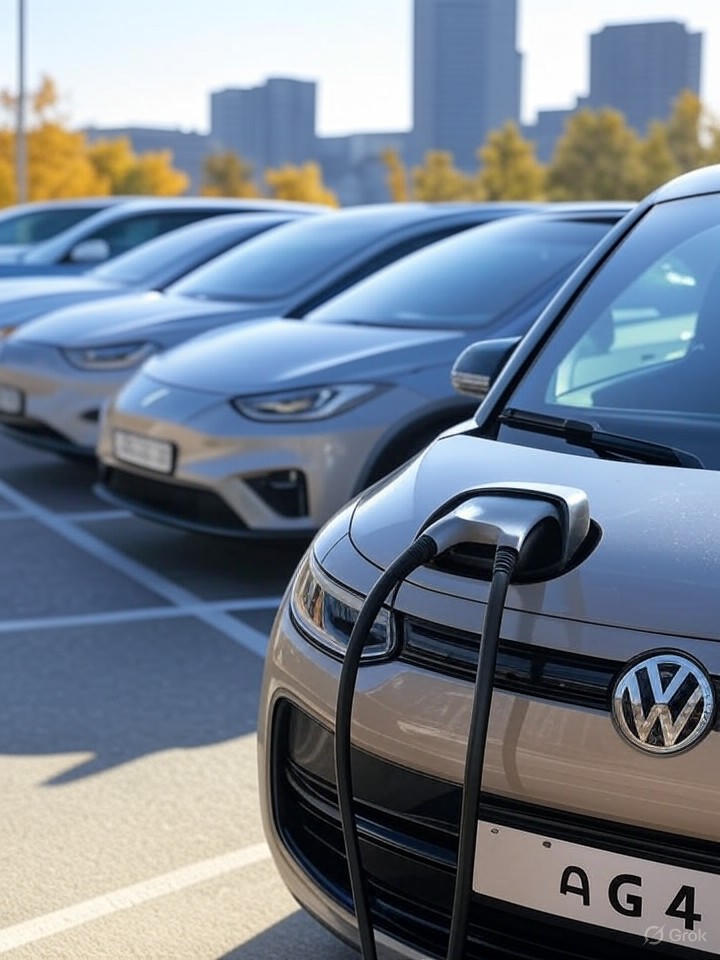Global Surge in EV Adoption
Global electric vehicle sales have surged by 27% so far in 2025, defying expectations amid varying regional policies and market dynamics. This robust growth, reported in a recent analysis by CleanTechnica, highlights the resilience of the EV sector even as some major markets face headwinds. The increase encompasses both battery electric vehicles (BEVs) and plug-in hybrids (PHEVs), with total sales reaching impressive figures that underscore a shift toward electrification worldwide.
Key drivers include technological advancements in battery efficiency and expanding charging infrastructure, which have lowered barriers to entry for consumers. In China, the world’s largest EV market, sales have skyrocketed, contributing significantly to the global tally. European nations, bolstered by stringent emissions regulations, have also seen steady uptake, with countries like Norway and Germany leading the charge.
US Policies Casting a Shadow
However, the United States presents a contrasting picture, where anti-electrification policies have tempered enthusiasm. Recent rollbacks on federal incentives, including reductions in tax credits for EV purchases, have slowed domestic sales growth. According to insights from BloombergNEF’s Electric Vehicle Outlook, the US market is experiencing a slowdown, with EV adoption rates lagging behind global averages. This policy shift, influenced by political debates over energy independence and fossil fuel reliance, has led some legacy automakers to reassess their electrification strategies.
Despite these challenges, certain US manufacturers are adapting successfully. Companies like Tesla and Ford have reported strong EV sales, leveraging innovation and consumer demand for sustainable options. The report from CleanTechnica notes that while overall US EV market share hovers around 10%, hybrids are gaining traction as a bridge technology, appealing to buyers wary of full electrification amid policy uncertainty.
China’s Dominance and Emerging Markets
China’s dominance in the EV space is unmistakable, with domestic brands like BYD and NIO capturing a lion’s share of global sales. Data from the International Energy Agency’s Global EV Outlook 2025 projects that China’s EV fleet will continue to expand rapidly, supported by government subsidies and a mature supply chain. This growth is offsetting slower progress in the US, where anti-electrification sentiments have led to export restrictions on critical battery metals, further complicating the supply landscape.
Emerging markets in Southeast Asia and Latin America are also contributing to the uptick, with affordable EV models from Chinese manufacturers penetrating these regions. A post on X from BloombergNEF earlier this year emphasized that EVs could represent one in four cars sold globally in 2025, driven by these diverse adoption patterns. This global diversification is crucial, as it reduces dependency on any single market’s policy whims.
Industry Implications and Future Projections
For industry insiders, this disparity raises questions about long-term strategies. Automakers must navigate a patchwork of regulations, investing in flexible production lines that can pivot between EVs and traditional vehicles. The Statista Market Forecast predicts the global EV market to reach US$1,084 billion by 2029, growing at nearly 7% annually, suggesting sustained momentum despite US hurdles.
Looking ahead, advancements in battery technology and potential policy reversals could accelerate growth. However, risks remain, including supply chain disruptions from geopolitical tensions. As noted in a Reuters article on recent sales data, global EV sales grew 21% year-on-year in July, with plug-in hybrids in China providing a buffer against softening BEV demand. This resilience indicates that while US policies may dampen local enthusiasm, the worldwide transition to electric mobility is forging ahead unabated.
Strategic Responses from Automakers
Legacy automakers are responding variably to these trends. General Motors and Volkswagen are ramping up EV investments, aiming to capitalize on global demand even as they face domestic challenges. Insights from GlobeNewswire’s Electric Vehicle Market Outlook highlight opportunities in leasing and shared mobility, which offer adaptable models for consumers hesitant due to policy flux.
Ultimately, the 27% global sales increase in 2025, as detailed in CleanTechnica’s coverage, underscores a pivotal moment for the industry. Stakeholders must balance innovation with advocacy to ensure that anti-electrification policies in key markets like the US do not derail the broader shift toward sustainable transportation.




 WebProNews is an iEntry Publication
WebProNews is an iEntry Publication